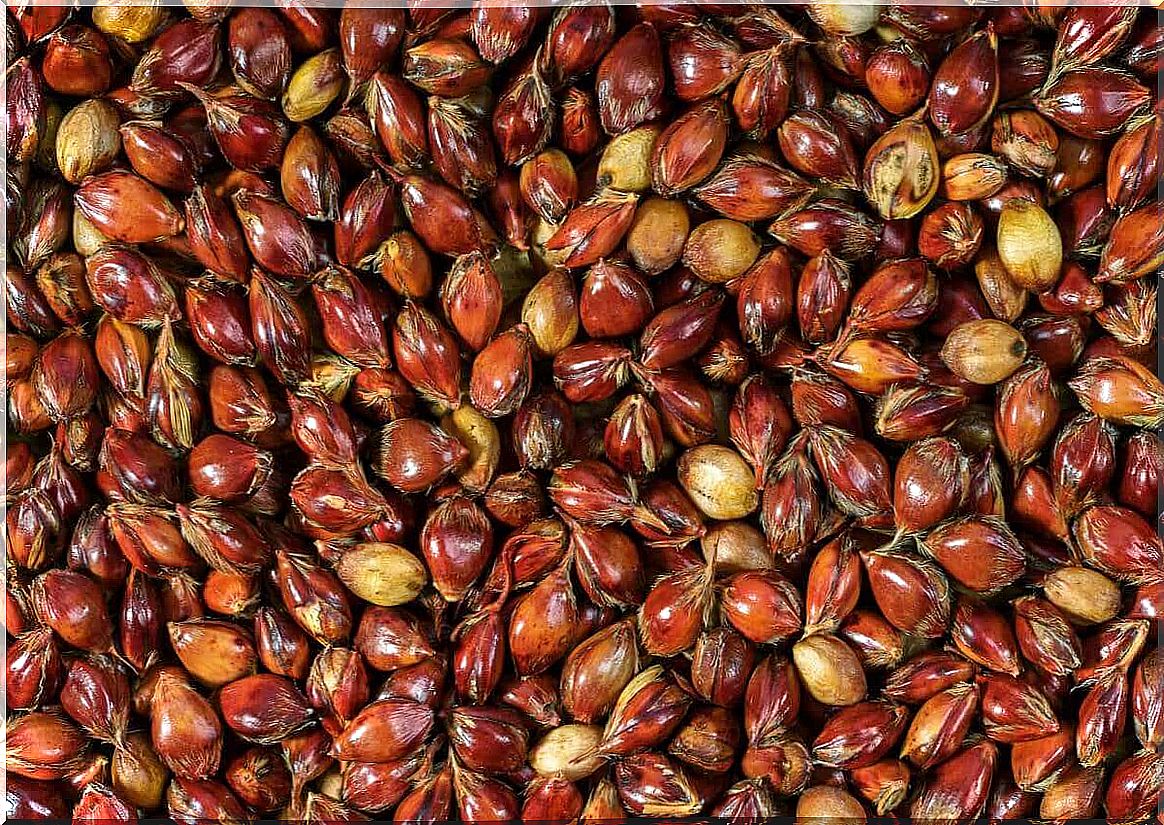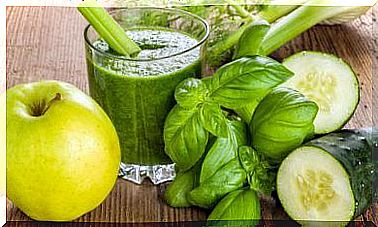Sorghum: Nutritional Properties And Uses
In today’s article we are going to show you the nutritional properties of sorghum. This is a gluten-free cereal that you can use in a wide variety of recipes. Everything you need to know about this great alternative!

Do you know sorghum? In today’s article we want to tell you more about the nutritional properties of this grain. We’ll also show you how you can use this gluten-free alternative in the kitchen.
Sorghum is a grain suitable for direct human consumption or the manufacture of alcoholic beverages. In addition, it is also popular as fodder because of its high nutrient density.
However, this type of millet has so far been rarely found in human nutrition in most western countries. Therefore, we would like to show you below which health benefits it offers. Because this food has, among other things, a high content of complex carbohydrates and fiber.
The nutritional properties of sorghum
As we mentioned earlier, sorghum is high in carbohydrates. More precisely, 72 grams per 100 grams of grains.
From an energetic point of view, it provides 329 kilocalories and the protein content is 10.6 grams. Fats play a minor role as sorghum contains only 3.4 grams per 100 grams.
Among the micronutrients, vitamin B3 with 3.7 milligrams and vitamin B9 with 20 milligrams stand out. In addition , it contains only 2 milligrams of sodium, so that people with high blood pressure can consume it without hesitation. There are also minerals such as calcium, iron, potassium and phosphorus.

The benefits of sorghum
Thanks to the nutritional properties of sorghum, it is very beneficial for the body. Below we will tell you more about these benefits and also give you the scientific opinion on this topic.
It reduces the risk of constipation
Fiber has been shown to be a key nutrient for maintaining digestive health. Fiber reduces the risk of constipation as it increases the size of the stool bolus and the motility of the bowel, thus increasing the speed of transit.
It does this by stimulating the mechanoreceptors in the intestinal walls. These send out a nerve signal that triggers more intense peristaltic movements.
The benefits of sorghum: control of blood pressure
A high sodium intake has a negative effect on blood pressure. In this context, however, the properties of potassium are very interesting as it performs the opposite function and consequently lowers blood pressure.
According to a study published in the International Journal of Cardiology , this mineral is actually an antihypertensive agent. The good news is that sorghum contains significant amounts of potassium. As a result, sorghum consumption is recommended for people who have heart disease.
The benefits of sorghum: Increased bone density
Calcium is one of the elements that determine bone density. There is evidence that assimilation of calcium at the intestinal level is much greater when vitamin D levels are adequate.
In any case, a correct dietary intake of the mineral will greatly reduce the risk of developing osteoporosis. Sorghum contains calcium, so adding this grain to your diet is beneficial for your bone health.
Contraindications
Sorghum contains a substance, hydrogen cyanide, which, if consumed in excess, can cause health problems. To avoid discomfort, you should therefore neither eat the leaves nor the stem, as this is where the highest concentration of the toxic substance can be found.
In addition, you should cook sorghum for 45 minutes to inactivate the remaining substance. Otherwise, problems like headaches can arise.
You should also take into account that some people have developed an allergy to this food. If you are allergic to sorghum, you should avoid consuming this grain to avoid serious conditions such as shock.
How can you use sorghum in cooking?
Sorghum is used in cooking like any other grain. It’s best to boil it with water for at least 45 to 60 minutes over medium heat.
When the millet is cooked, you can prepare it as a side dish to meat, with a sauce, or even as part of a salad. However, when cooking, you should be careful not to exceed the recommended cooking time, otherwise the sorghum will have a chewing gum-like texture that could be unpleasant.

Sorghum is a gluten-free alternative
Sorghum is a cereal that can serve the function of many grains that are part of your regular diet.
It also has the advantage that it does not contain gluten. As a result, it is also suitable for people with celiac disease and gluten intolerance. But you should take certain precautions when cooking to prevent the millet from being toxic.
Still , sorghum is an excellent option if you’re looking to get plenty of fiber. In addition, the consumption guarantees that you are getting plenty of complex carbohydrates with a low glycemic value. This cereal goes well with sauces and makes a fantastic side dish.
Now you know the nutritional properties of sorghum. So what are you waiting for The best thing to do is to try it out yourself today!









